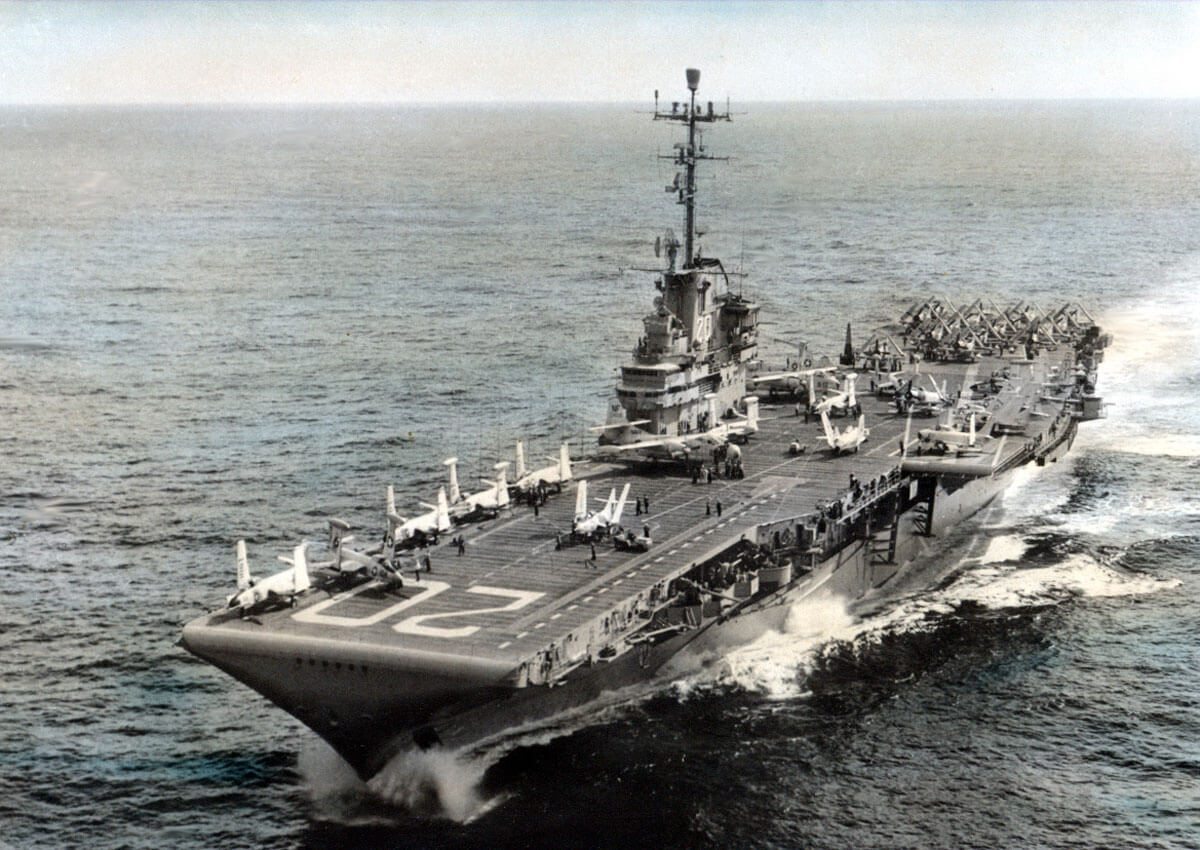USS Bennington Asbestos Exposure

Hull Number: CV-20
Type: Aircraft Carrier
Class: Essex
Built: Brooklyn, NY
About USS Bennington
Named for the Revolutionary War’s Battle of Bennington, the USS Bennington was commissioned by the U.S. Navy in August 1944 and joined the American forces in the Pacific Theater shortly thereafter.
Crewed by over 2,600 officers and men, the 872-foot ship began its life as a standard Essex-class Aircraft Carrier, but was recommissioned as an Attack Carrier after the end of WWII, and once again late in its service as an Antisubmarine Aircraft Carrier.
It launched attacks on a number of Japanese targets in the Second World War, and went on to fight in the Vietnam conflict until being decommissioned in 1970. The Bennington also served as the recovery vessel for NASA’s Apollo 4 mission, salvaging the program’s Saturn V rocket after its successful flight and return to Earth.
Asbestos Exposure in USS Bennington
Veterans who served aboard the USS Bennington were in all likelihood exposed to asbestos during their regular course of duty. Between the 1930’s and 1970’s, much of the equipment and materials aboard U.S. Navy crafts used asbestos, especially those found in areas below deck such as the boiler spaces and engine rooms.
Boilers, turbines, pumps, electrical components, and much of the equipment relating to steam propulsion utilized the mineral, as did the gaskets and packing that lined much of this equipment.
The businesses that made these materials for the Navy were often aware of the devastating effect asbestos has on the human body, but did nothing to shield those who used their products from harm.
The result of this was thousands of veterans contracting mesothelioma, a deadly cancer that in all cases could have been prevented.
